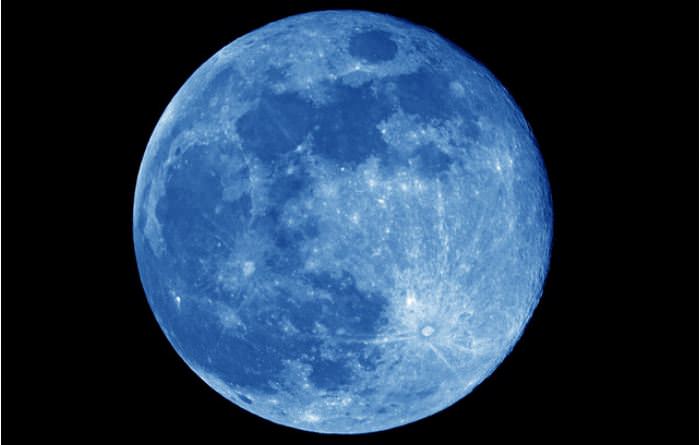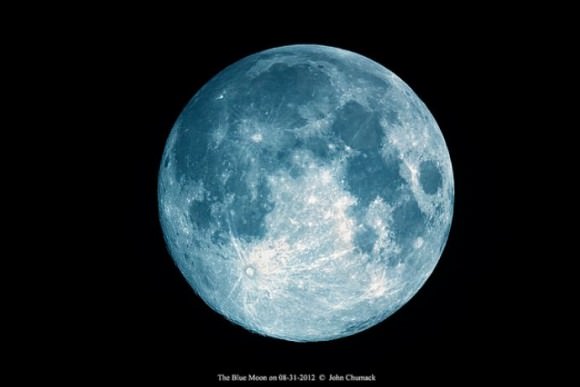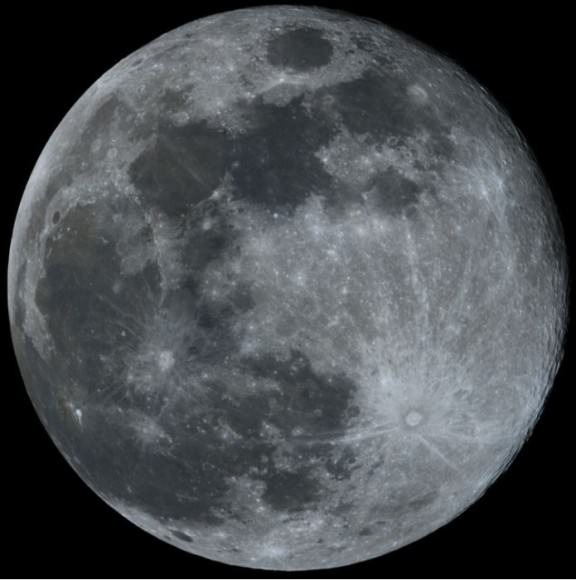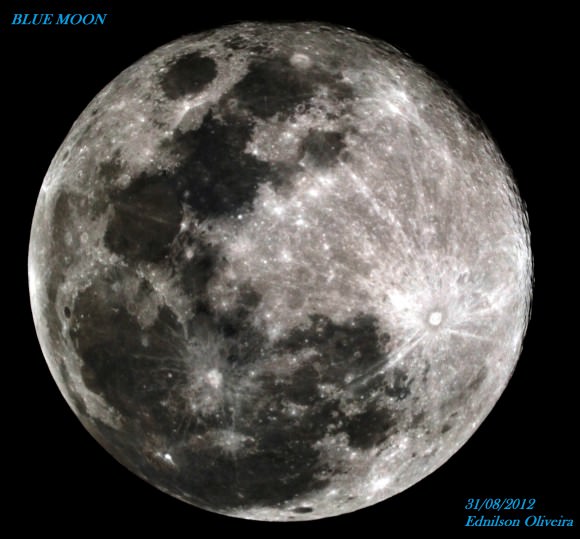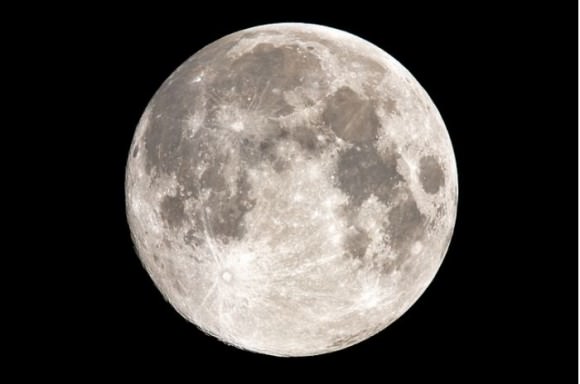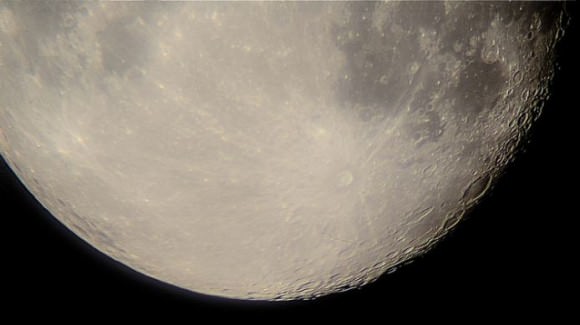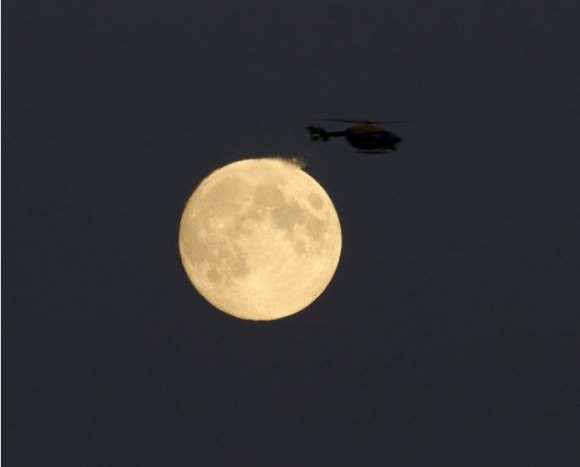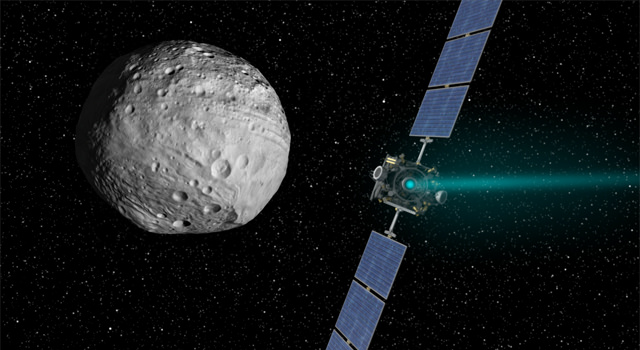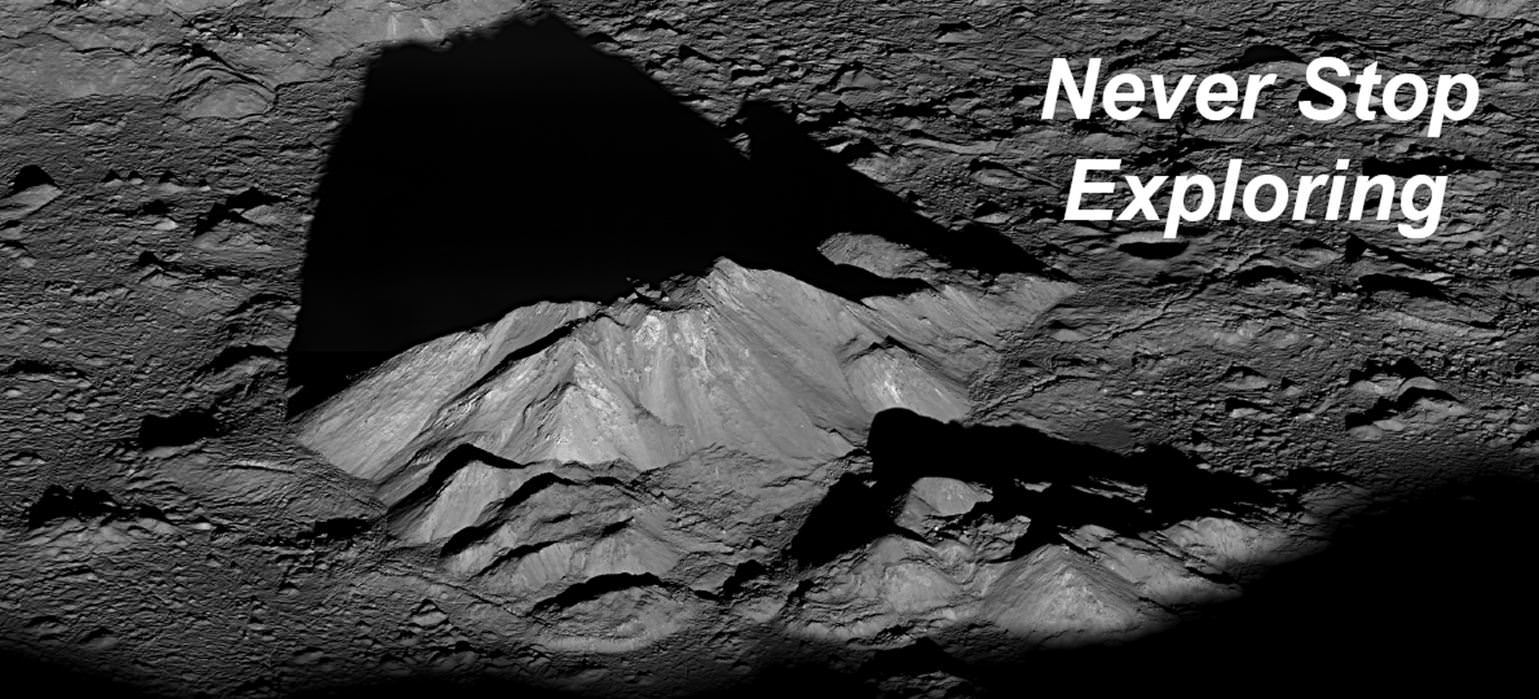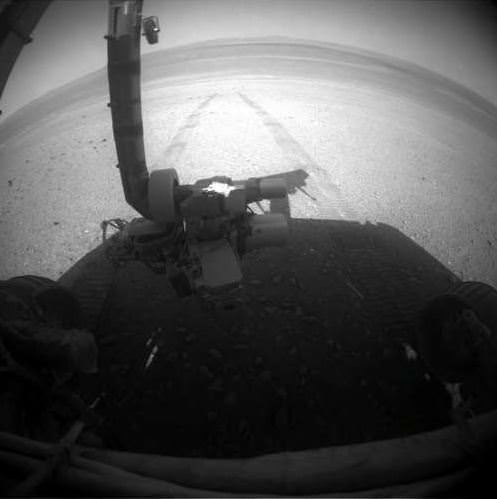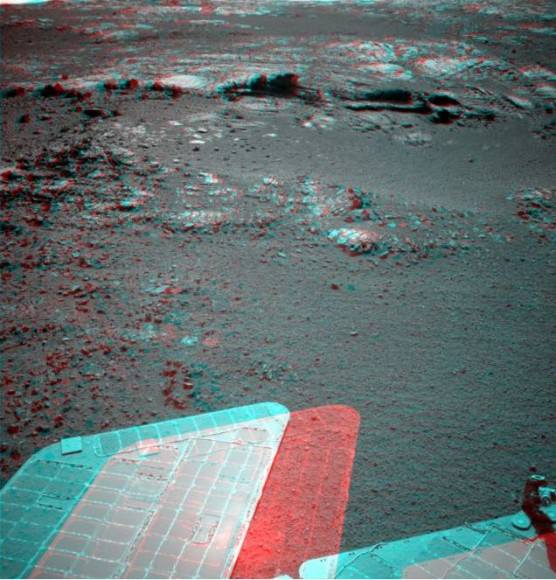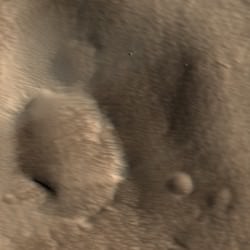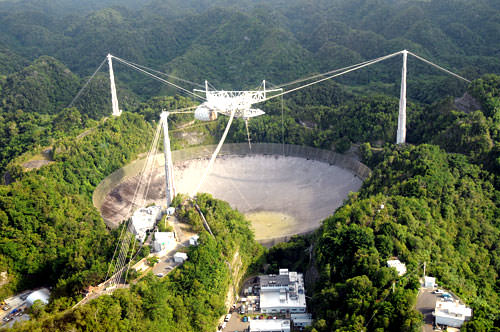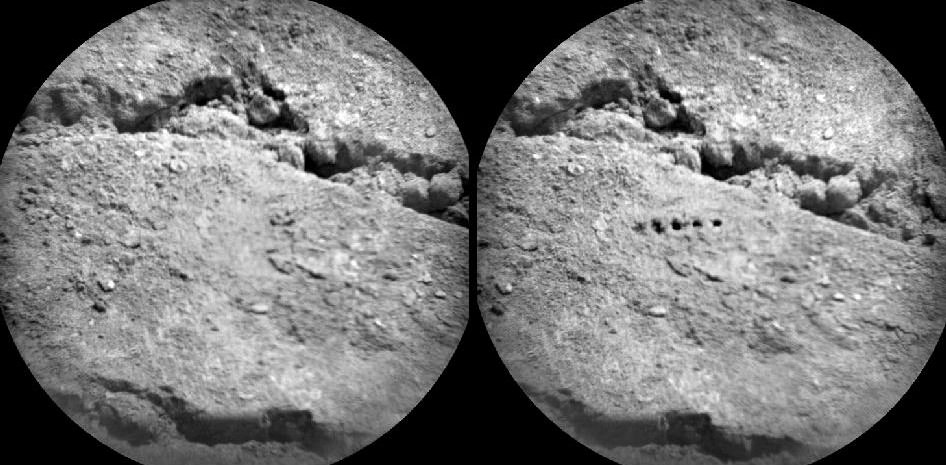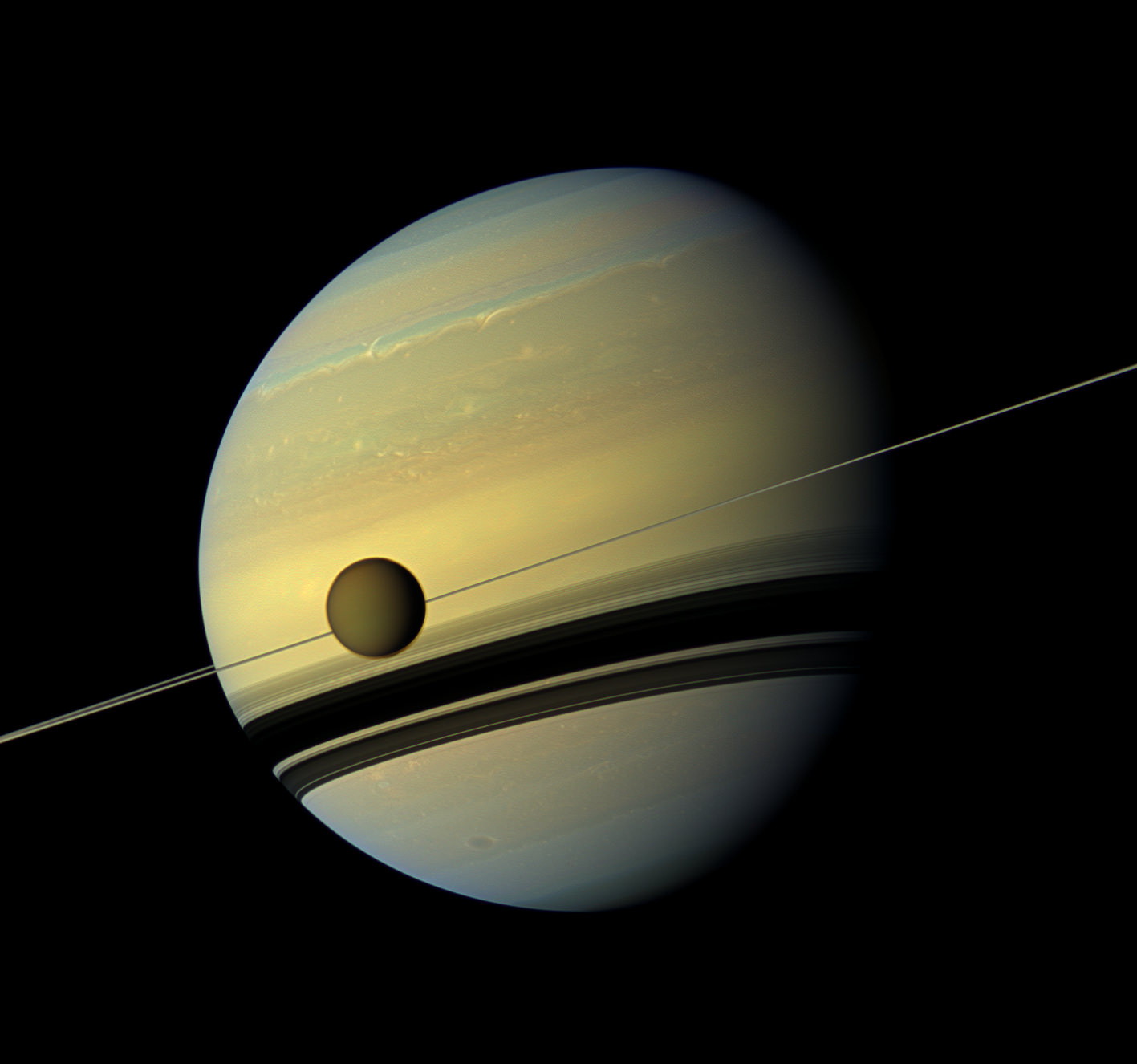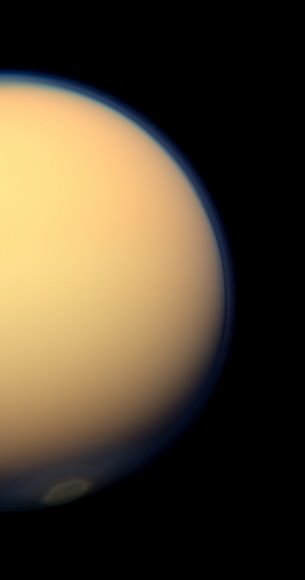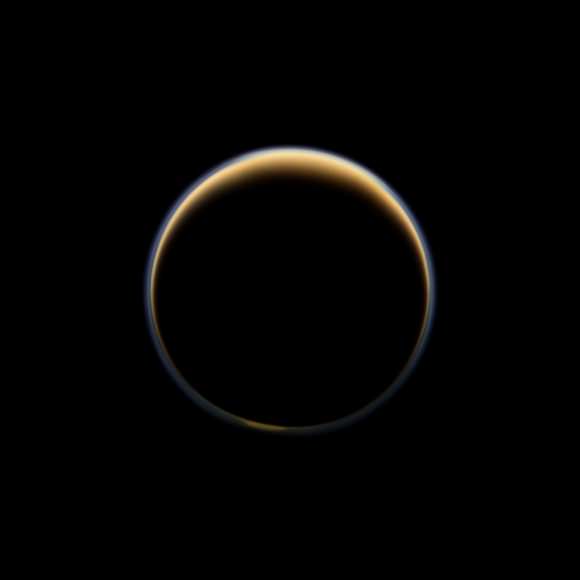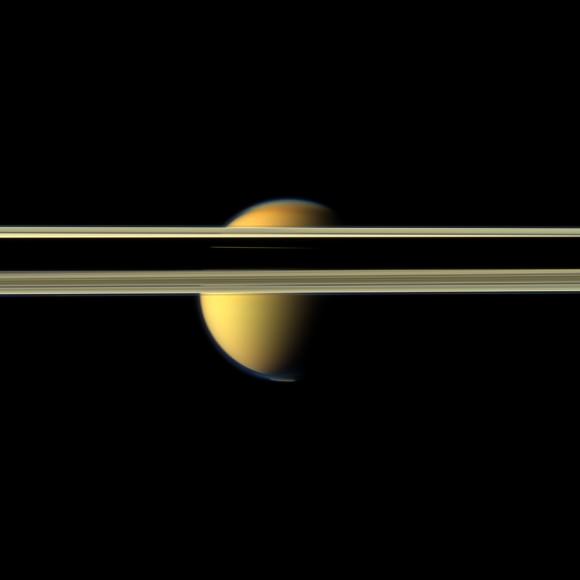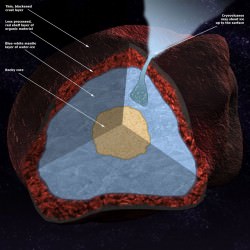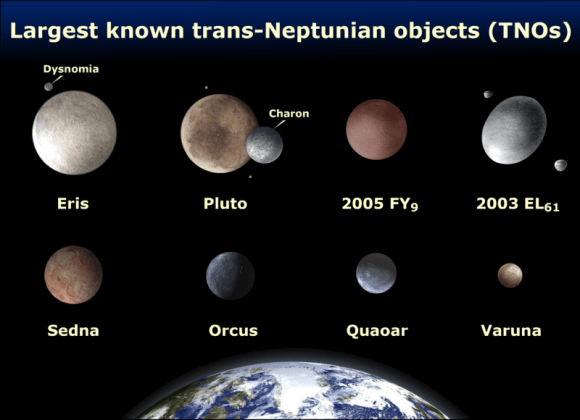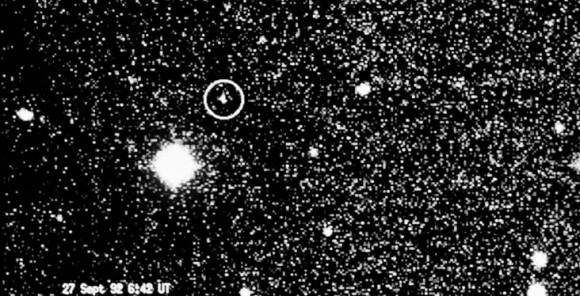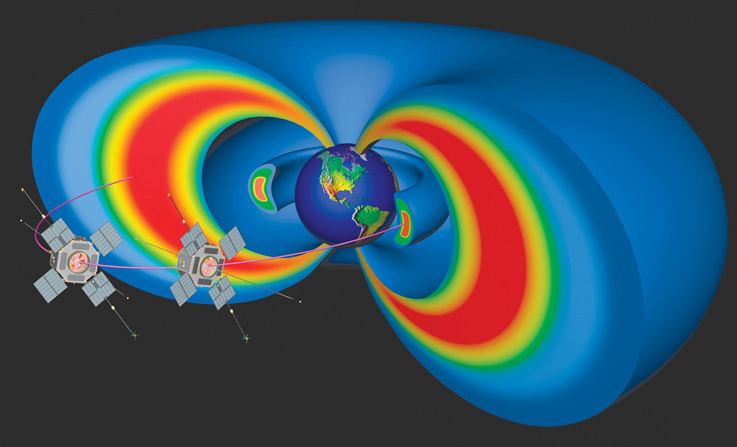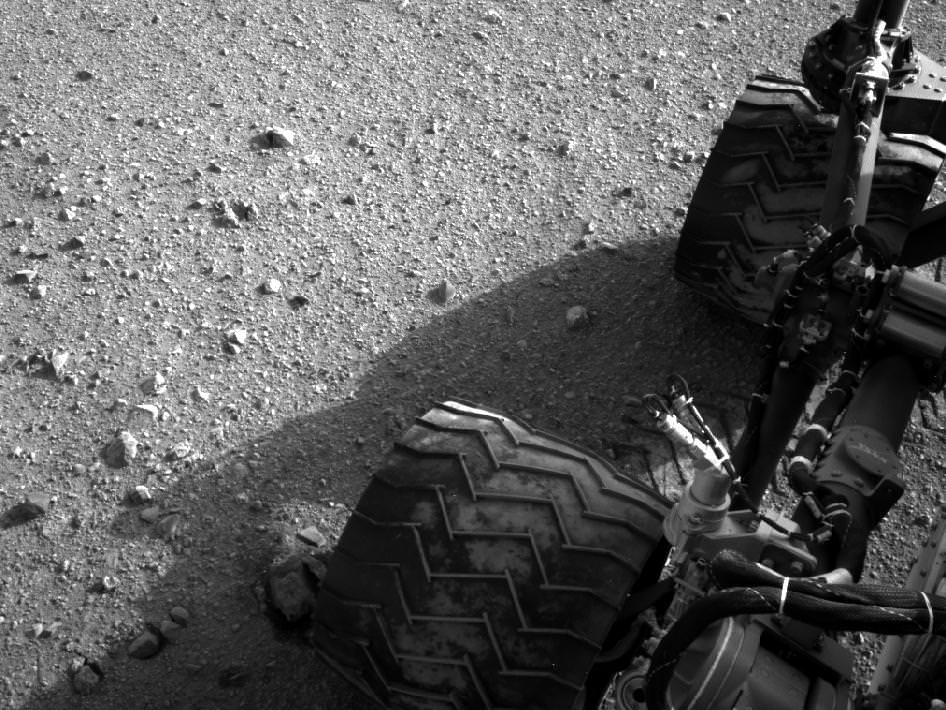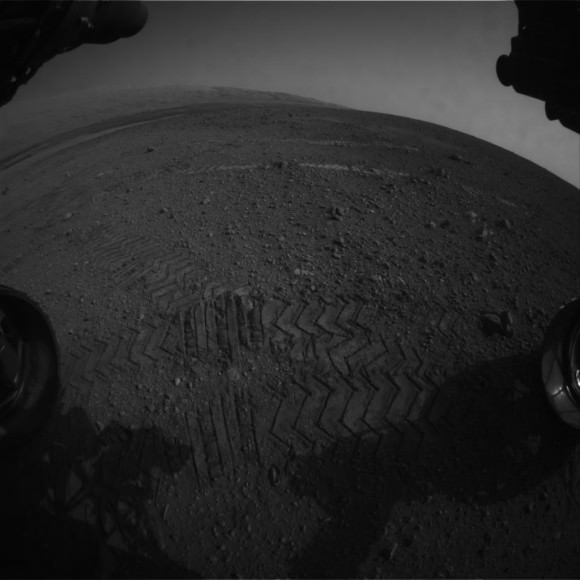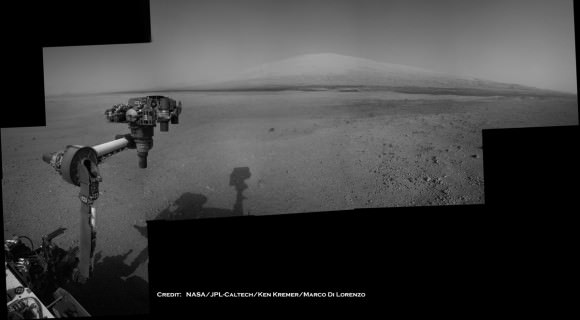A blue-tinted Moon on August 31, 2012. Credit (and tinting): joeys-astro-gallery on Flickr
Last night’s full Moon was a “Blue Moon” — where the Moon isn’t really blue, but is the name for when there is a second full Moon in a month. Normally, we only get one full Moon a month, but every 2 1/2 years or so, the calendar lines up just right, since the time between full moons is 29.5 days while most months are 30 or 31 days. Since we had a full Moon on August 2 and a second one last night on August 31,
Of course the Moon has reason to be “blue” (if we want to anthropomorphize a little) with the recent death of the first Moonwalker, Neil Armstrong. And sometimes the Moon can actually appear to be blue if volcanic ash or forest fire ash are in the atmosphere in your location, since ash particles can scatter away all the warm colors in Moonlight, leaving a pale blue tint to the Moon.
Our readers sent in their Blue Moon images from last night, and some, like the one above, used a little image editing magic to make the Moon appear blue, but most are just gorgeous images of our closest neighbor and constant companion in space.
Feast your eyes, below:
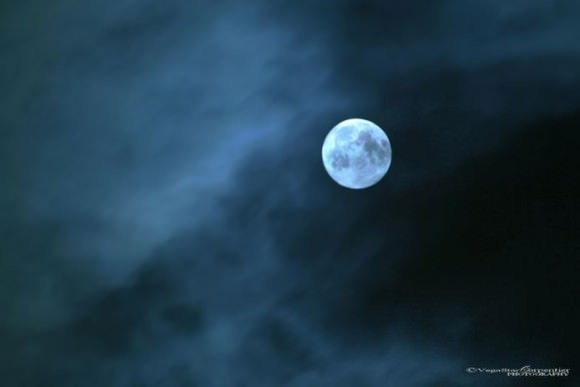
Clouds and lighting give the Moon a blue tint, too, in Paris, France. Credit: VegaStarCarpentier on Flick.
The Blue Moon on 08-31-2012, from Dayton, Ohio. Equipment: Modified Canon Rebel Xsi & 6″ F8 Cave reflector Scope, 1200mm, ISO 400 1/640 second exposure. Credit: John Chumack.
A tribute to Neil Armstrong on August 31, 2012 taken the day of his funeral. “The Moon’s own salute to its first great explorer.” Credit: Barry Q. Arnold, Alvaton, Kentucky, USA
The Moon on August 31, 2012 from Uberaba, Curitiba – Paraná, Brazil. Credit: Glauco Hass on Flickr.
The Moon on 31/08/2012 – 23:15 TL – from São Paulo, Brazil. Equipment: Maksutov Cassegrain Vixen 110 mm – F = 1035 mm – F/9.4 – Plano Focal – Nikon D3100 – 1/200 – ISO 100. Credit: Ednilson Oliveira.
August’s Other Full – “Blue” – Moon (on the 31st) as seen from Lowell, Michigan. Credit: Kevin’s Stuff on Flickr.
And here are a few notable images from August 30, the “almost” full Moon:
Great close-up (and not a crop) of the Moon on August 30, 2012 from Kopreinitz Koprivnicko-Krizevacka, Croatia. Credit: Eddie MacGraw on Flickr.
A helicopter by the Moon on August 30, 2012 as seen from London, England. The exhaust heat from the chopper distorts the light from the Moon. Credit: Sculptor Lil on Flickr.
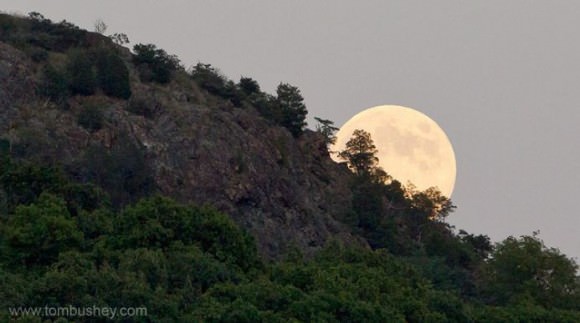
Sugar Loaf, New York – The almost full moon rises behind Sugar Loaf Mountain on August 30, 2012. Credit: Tom Bushey on Flickr.
When are the next Blue Moons?
July 31, 2015
Two in 2018 — January 31 and March 31, meaning there is no February full Moon
October 31, 2020
August 31, 2023
May 31, 2026
December 31, 2028
September 30, 2031
Want to get your astrophoto featured on Universe Today? Join our Flickr group or send us your images by email (this means you’re giving us permission to post them). Please explain what’s in the picture, when you took it, the equipment you used, etc.

